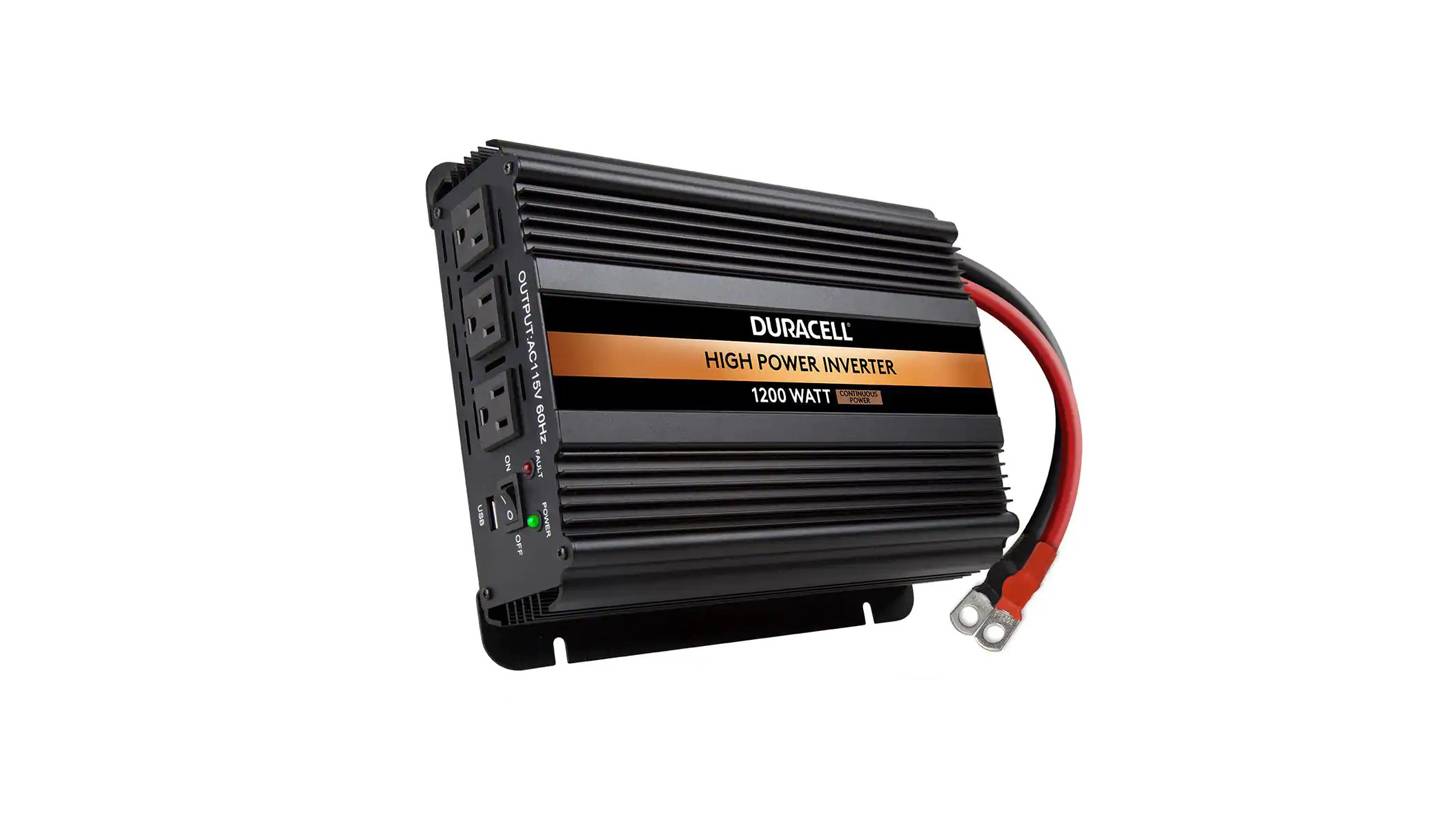Inverter systems play a crucial role in providing reliable power for various applications. Opting for two inverters instead of just one can offer significant advantages in terms of power capacity, efficiency, and reliability. In this article, we’ll explore the benefits of using dual inverters and why they might be the ideal choice for your power needs.
Enhanced Power Capacity: Double the Output
Simple Explanation: Think of it like assembling a team of two superheroes instead of one. With two inverters working in tandem, you get a substantial boost in power output.
Technical Insight: By combining the power outputs of two inverters, you can significantly increase the total capacity available for your devices. For instance, two 3kVA inverters together can deliver a combined capacity of 6kVA. This means you can support more devices or handle higher power demands without overloading the system.
Improved Efficiency: Sharing the Load
Simple Explanation: Imagine having more hands to help with a task. Two inverters can efficiently share the power load, improving overall performance.
Technical Insight: When inverters operate in parallel, they distribute the connected load more effectively. This load-sharing approach not only balances the demand but also enhances the overall efficiency of the power system. The result is a smoother, more reliable power supply that can adapt to varying power needs.
Reliable Backup Functionality: Ensuring Uninterrupted Power
Simple Explanation: Think of two inverters as a backup plan. If one needs maintenance or fails, the other can keep everything running smoothly.
Technical Insight: Using two inverters introduces a level of redundancy into your power system. Should one inverter encounter issues or require downtime, the other inverter can seamlessly take over, ensuring that there is no interruption in power supply. This redundancy is crucial for maintaining continuous operation, especially in critical applications.
Redundancy for Reliability: The Safety Net
Simple Explanation: It’s like having a spare tire ready if one goes flat. With two inverters, you have an extra layer of reliability.
Technical Insight: Redundancy ensures that if one inverter fails or requires repair, the other can immediately step in. This prevents potential downtime and maintains a consistent power supply. Such reliability is essential for applications where uninterrupted power is vital.
Implementation Considerations: Choosing the Right Setup
Simple Explanation: Selecting the right setup is like picking the best team for the job. Two inverters can be ideal if you need enhanced power and reliability.
Technical Insight: Implementing a dual-inverter system is particularly beneficial in scenarios where increased power capacity and backup functionality are crucial. It’s essential to evaluate your specific needs and choose a configuration that can handle both your current and future power requirements.
Conclusion: The Dynamic Duo for Power Needs
Simple Explanation: Think of two inverters as a dynamic duo for your power requirements – offering more power and increased reliability.
Technical Insight: Utilizing two inverters provides several advantages, including greater power capacity, improved efficiency, and dependable backup functionality. This strategic choice enhances the robustness and reliability of your power system, making it a wise investment for applications where these benefits are essential.
In summary, opting for two inverters can significantly enhance your power setup, offering increased capacity, efficiency, and reliability. This approach ensures a robust power supply capable of handling unexpected issues and maintaining continuous operation.
Explore Further: FAQs About Inverters in Parallel




